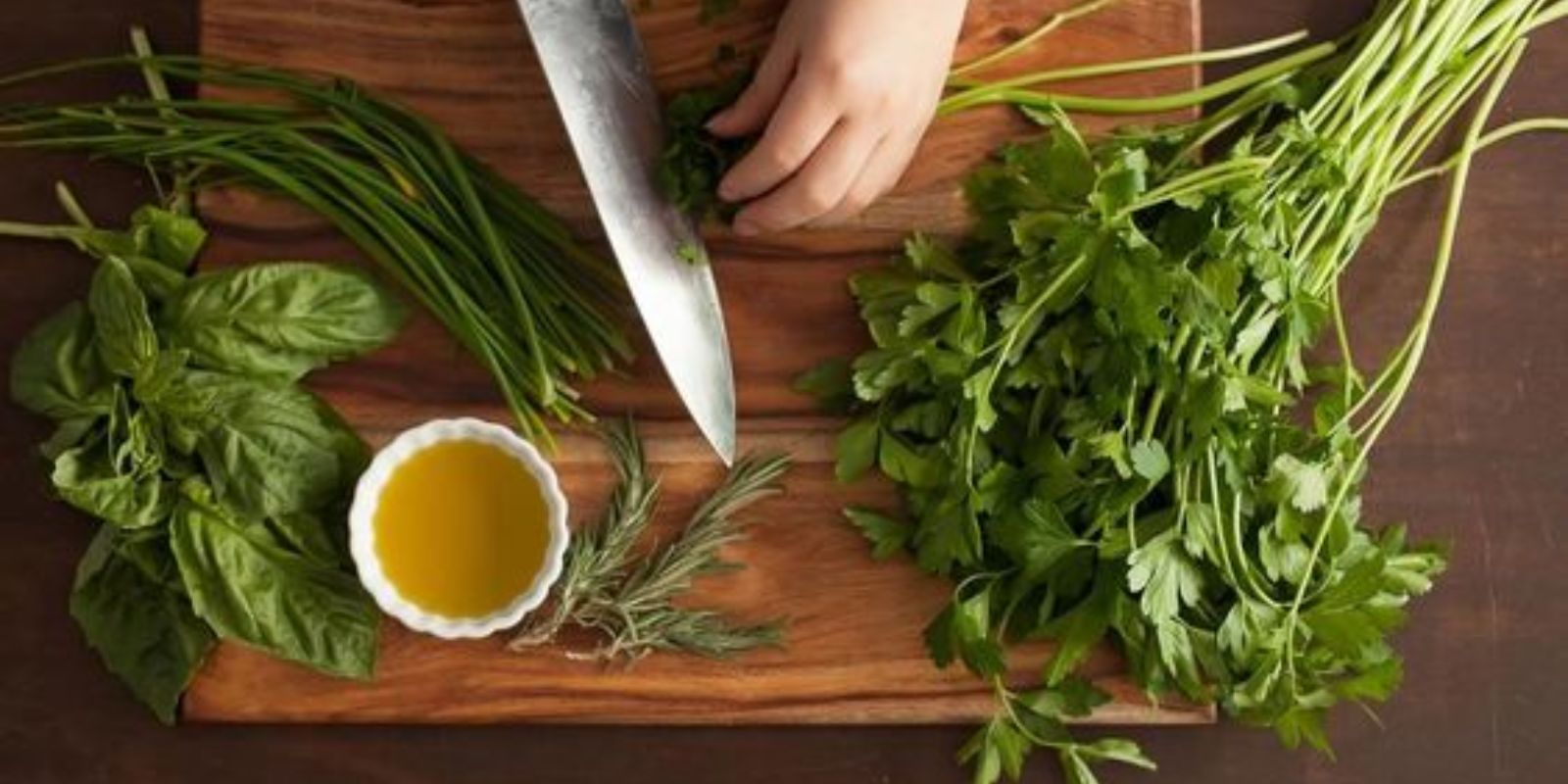Parsley is a versatile herb that adds a fresh, vibrant touch to a wide range of dishes. Whether you’re an avid cook or simply enjoy adding a sprinkle of green to your meals, maintaining a healthy parsley plant can be incredibly rewarding. With the right care, your parsley can thrive for months, providing a continuous supply of this flavorful herb. In this article, we’ll reveal the chef’s secret to keeping parsley alive and lush for an extended period, ensuring you always have fresh parsley at your fingertips.
Introduction
Parsley is a staple in many kitchens due to its bright flavor and culinary versatility. However, keeping parsley alive and thriving can be a challenge, especially if you’re not familiar with its needs. By understanding the proper techniques for growing and maintaining parsley, you can ensure your plant remains healthy and productive. This guide provides practical tips and expert advice on how to keep your parsley fresh and thriving for months.
1. Choose the Right Container
Selecting the Ideal Pot
The container you choose for your parsley is crucial to its long-term health.
- Drainage: Opt for a pot with good drainage holes. Proper drainage prevents waterlogging, which can lead to root rot and other issues.
- Size: Select a pot that’s large enough to accommodate the growing root system of the parsley. A pot that’s at least 6-8 inches in diameter should suffice.
Container Material
- Plastic Pots: These are lightweight and retain moisture well, making them a good choice for parsley.
- Terracotta Pots: While they provide excellent drainage, terracotta pots dry out faster, so you’ll need to monitor watering more closely.
2. Use Proper Soil
Choosing the Right Soil
Parsley thrives in nutrient-rich soil that retains moisture while allowing for adequate drainage.
- Potting Mix: Use a high-quality potting mix designed for herbs or vegetables. Avoid using garden soil, as it can be too dense and may harbor pests.
- Soil Amendments: Consider adding organic compost or well-rotted manure to enrich the soil and provide essential nutrients.
Soil Preparation
- pH Level: Parsley prefers slightly acidic to neutral soil with a pH between 6.0 and 7.0. Testing the soil’s pH and adjusting it if necessary can improve plant health.
- Soil Texture: Ensure the soil is well-aerated. If the soil feels heavy or compacted, mix in perlite or sand to improve drainage.
3. Regular Watering
Maintaining Moisture Levels
Parsley requires consistent moisture to grow well, but overwatering can be detrimental.
- Watering Schedule: Water your parsley when the top inch of soil feels dry. Depending on environmental conditions, this may mean watering every few days.
- Watering Technique: Water the plant thoroughly until water drains from the bottom of the pot. Avoid letting the plant sit in standing water.
Avoiding Overwatering
- Check for Signs: Be vigilant for signs of overwatering, such as yellowing leaves or a musty smell. Adjust your watering routine if you notice these symptoms.
- Draining: Ensure that the pot has proper drainage to prevent water from accumulating at the bottom.
4. Provide Adequate Sunlight
Light Requirements
Parsley needs sufficient light to thrive, but direct sunlight can sometimes be too harsh.
- Indirect Light: Place your parsley in a spot that receives bright, indirect light. A south-facing window is ideal for indoor growing.
- Grow Lights: If natural light is limited, consider using grow lights to provide the necessary illumination for healthy growth.
Light Duration
- Daylight Hours: Parsley generally requires around 6-8 hours of light per day. Ensure the plant receives enough light to support robust growth.
5. Practice Moderate Pruning
Trimming and Harvesting
Regular pruning helps to maintain the health and productivity of your parsley plant.
- Harvesting Leaves: Trim the outer leaves first, allowing the inner leaves to continue growing. This encourages the plant to produce new foliage.
- Avoid Overharvesting: Never remove more than one-third of the plant at a time. Overharvesting can stress the plant and reduce its ability to produce new growth.
Preventing Bolting
- Monitoring: Keep an eye on the plant to prevent bolting (flowering), which can cause the leaves to become tough and bitter. Regular harvesting and proper care can help delay bolting.
Conclusion
Keeping parsley alive and thriving for months requires attention to detail and a bit of care. By choosing the right container, using quality soil, maintaining proper watering practices, providing adequate light, and practicing moderate pruning, you can ensure that your parsley remains healthy and productive.
Implement these tips to enjoy a continuous supply of fresh parsley, enhancing your meals with its vibrant flavor and nutritious benefits. Share your experiences or ask for additional advice in the comments below—let’s cultivate a community of gardeners dedicated to growing fresh, healthy herbs! 🌿💚

